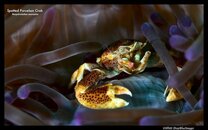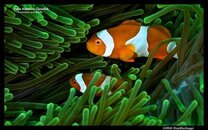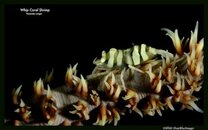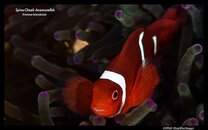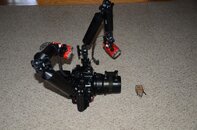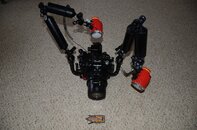retendokid
Registered
Hello UW Nikon shooters,
I'm an avid reader and rare scubaboard poster but I wanted to pose something to this group that I've been curious about. I'm wondering whether you DSLR/Dual strobe folks spend much time underwater thinking about strobe position and lighting techniques, or whether you place more emphasis on adjusting camera settings. I'm not talking about basic macro vs wide angle strobe placements, I'm talking about specifically setting your strobe positions and power outputs to create Prime & Fill lighting of your subject. Lately, I've been trying to place one strobe forward and at an oblique angle as the "primary" lighting of the subject, with a second strobe behind, midline, and with reduced power output to create softer "fill" lighting just to eliminate shadows. Are others trying to do something similar with their strobes? I'm learning that if I just point my strobes forward and blast light directly at the subjects, it flattens out the depth and texture of the photo.
I think the first 90% of my diving and underwater photo taking I was fixated on playing with aperture and shutter speed settings, and just recently I've tried to give my subjects more vivid 3 dimensionality by trying these lighting techniques. I'm convinced my pics look better and that I've been wasting a lot of time bumping shutter speeds and apertures around, when I should have been paying more attention to lighting. But I never read about anybody describing much like this with their lighting attempts.
Thoughts???
Here are a few examples of pics that I think demonstrate some benefits of depth and texture lighting
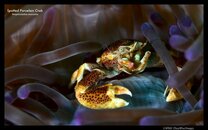
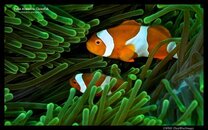
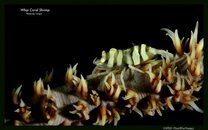
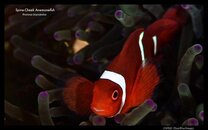
(nikon D7000 & Nauticam housing, Inon s-2000s, Nikon 105Vr, Nikon 60mm macro)
thanks
Hugh
I'm an avid reader and rare scubaboard poster but I wanted to pose something to this group that I've been curious about. I'm wondering whether you DSLR/Dual strobe folks spend much time underwater thinking about strobe position and lighting techniques, or whether you place more emphasis on adjusting camera settings. I'm not talking about basic macro vs wide angle strobe placements, I'm talking about specifically setting your strobe positions and power outputs to create Prime & Fill lighting of your subject. Lately, I've been trying to place one strobe forward and at an oblique angle as the "primary" lighting of the subject, with a second strobe behind, midline, and with reduced power output to create softer "fill" lighting just to eliminate shadows. Are others trying to do something similar with their strobes? I'm learning that if I just point my strobes forward and blast light directly at the subjects, it flattens out the depth and texture of the photo.
I think the first 90% of my diving and underwater photo taking I was fixated on playing with aperture and shutter speed settings, and just recently I've tried to give my subjects more vivid 3 dimensionality by trying these lighting techniques. I'm convinced my pics look better and that I've been wasting a lot of time bumping shutter speeds and apertures around, when I should have been paying more attention to lighting. But I never read about anybody describing much like this with their lighting attempts.
Thoughts???
Here are a few examples of pics that I think demonstrate some benefits of depth and texture lighting




(nikon D7000 & Nauticam housing, Inon s-2000s, Nikon 105Vr, Nikon 60mm macro)
thanks
Hugh




